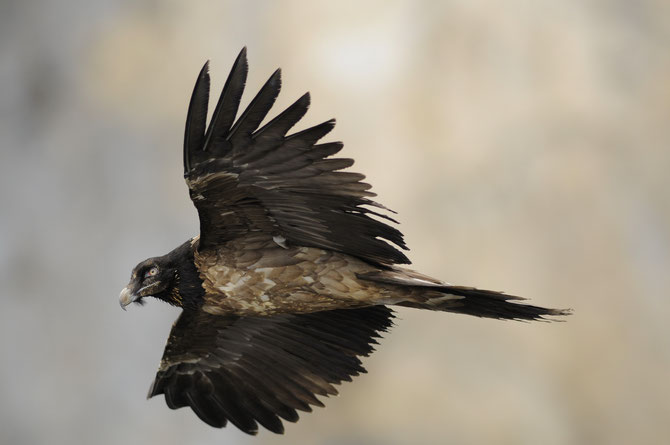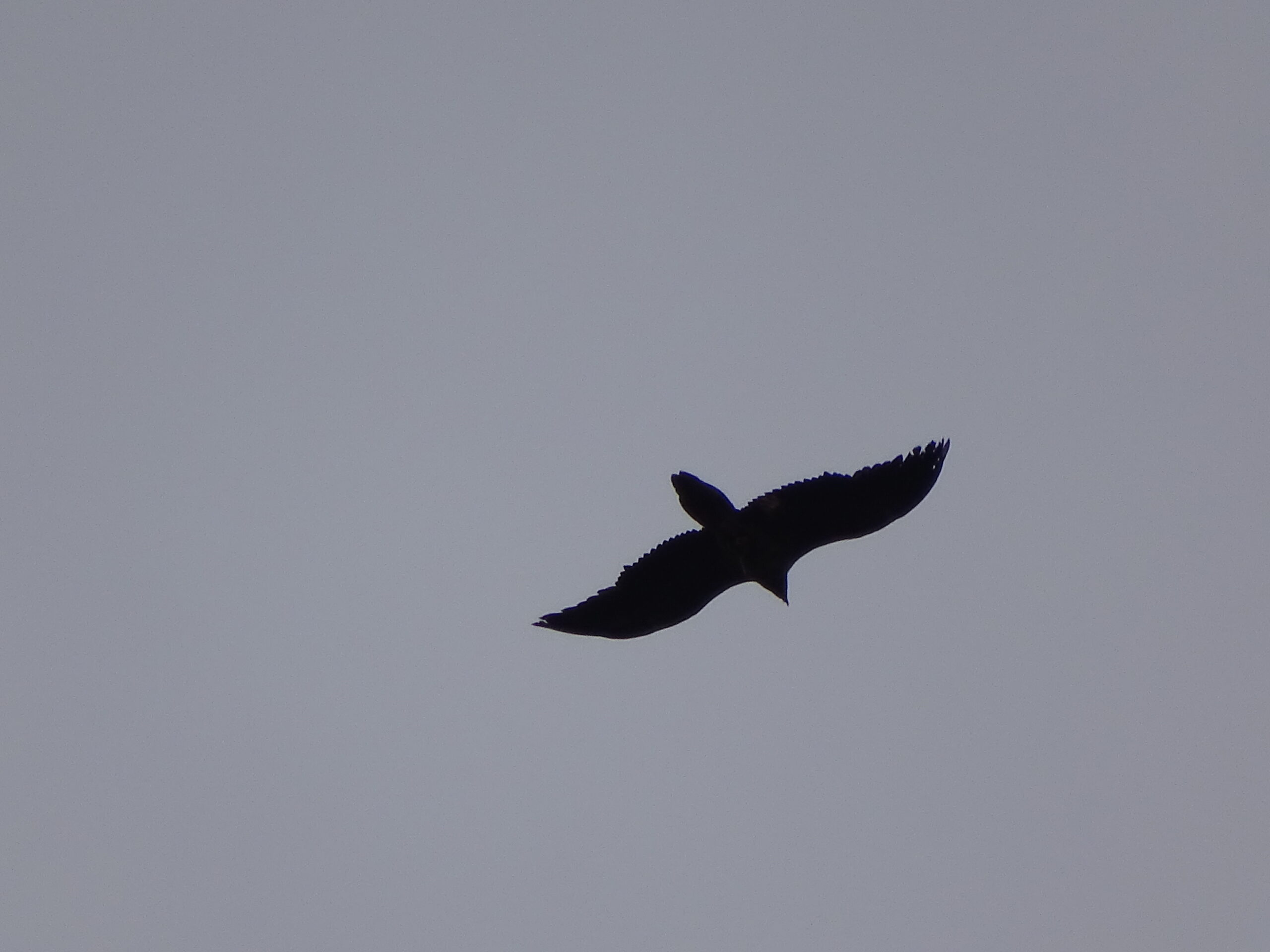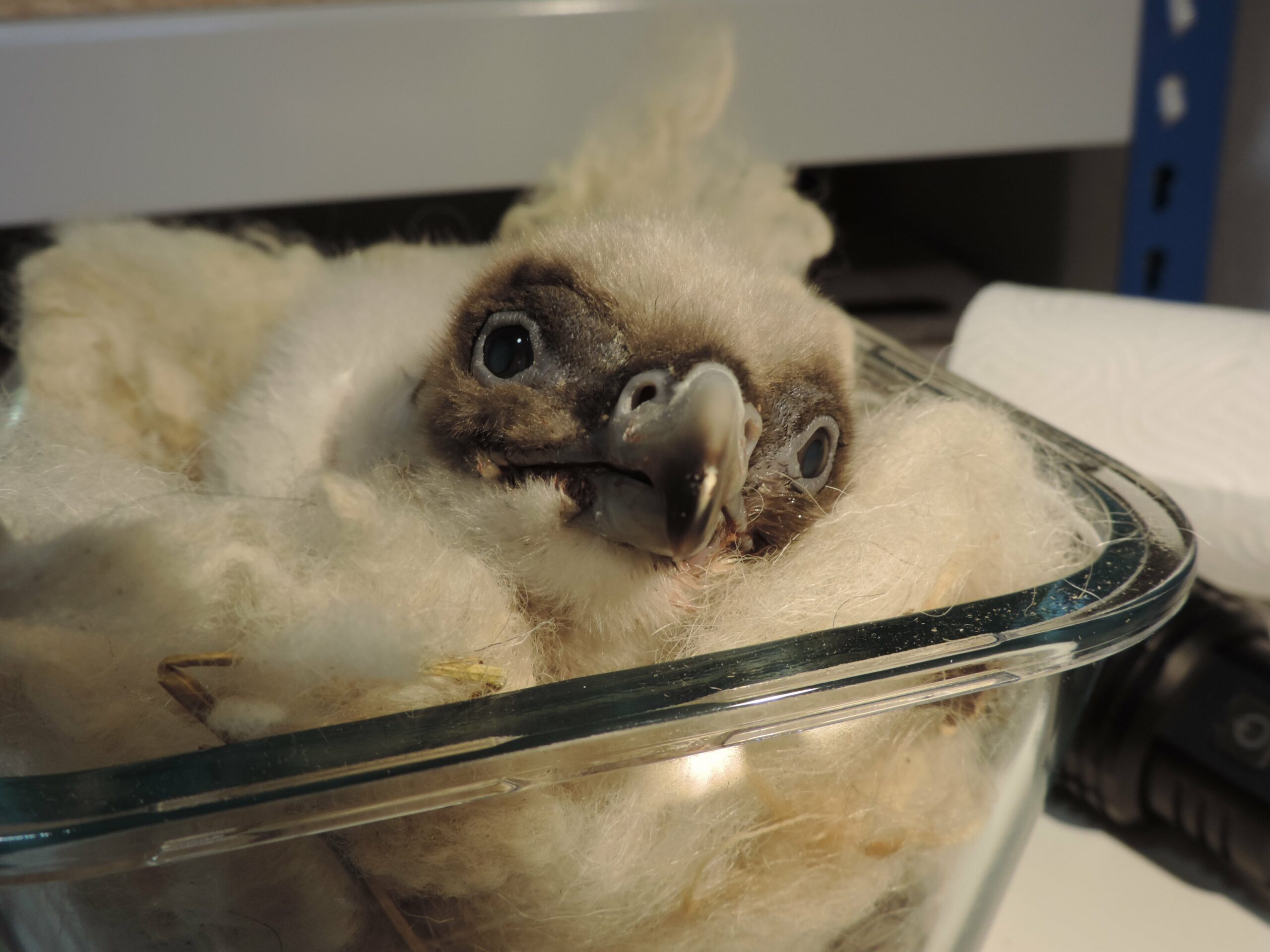
A research article written by Tulsi Subedi and colleagues recently published in the journal Ibis has provided a first description of the size of the home ranges and differences in movement patterns of adult and immature Bearded Vultures in the Annapurna Himalayan range of Nepal, an Asian stronghold for the species.
Methods
Tracking units recorded the locations of thirteen individuals (four adult males, three adult females, five immatures and one juvenile) every 1-2 hours with eight individuals providing sufficient data for the estimation of the size of their home ranges (i.e. the area that the vultures traversed during their regular daily activities) and the maximum and average hourly and daily distances that they covered.
Results
As found by previous studies in the Pyrenees and South Africa, immature vultures traversed much larger (100 times larger!) home ranges than adults, most likely because they do not have to defend a breeding territory and are able to travel further afield to find food. This was supported by the high degree of overlap of home ranges used by the males and females of each breeding pair that were tracked simultaneously.
Interestingly, the home range areas (150 km2) were three times larger than those recorded in the Pyrenees and the authors suggest that this is probably because of a lower breeding density and lower food availability in Nepal, partly due to the absence of vulture feeding sites as well as lower densities of livestock.
The average hourly distances travelled for both adults and immatures peaked during the winter months of November and December, probably because it was more difficult for the vultures to find food in the snow-covered mountains. The fact that immature individuals spent more time at lower elevations during the winter, where snow cover was less and conditions less harsh, supports this.
All tracked vultures spent a significant proportion of their time outside of protected areas, once again confirming that conservation strategies must be implemented outside protected areas, often in landscapes increasingly modified by human activities and infrastructure development.
This research provides an important insight into the space use and movement patterns of Bearded Vultures in an Asian stronghold for the species, and such information is important for informing effective conservation actions. It also provides a fascinating comparison with the movements of Bearded Vultures from Europe and southern Africa, where habitat types, food availability and potential threats are likely to differ markedly.
Source
Subedi, T., Pérez‐García, J., Sah, S., Gurung, S., Baral, H., Poudyal, L., Lee, H., Thomsett, S., Virani, M. and Anadón, J. Spatial And Temporal Movement Of The Bearded Vulture Using GPS Telemetry In The Himalayas Of Nepal. Ibis (2020). https://doi.org/10.1111/ibi.12799
Sign up to our newsletter and never miss any vulture news!



